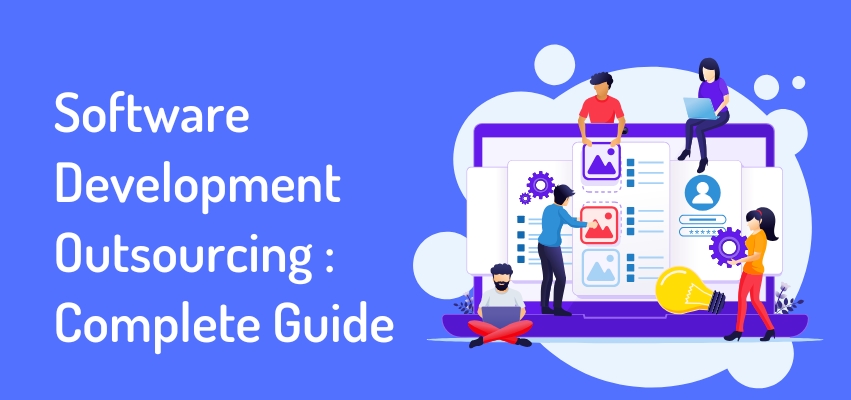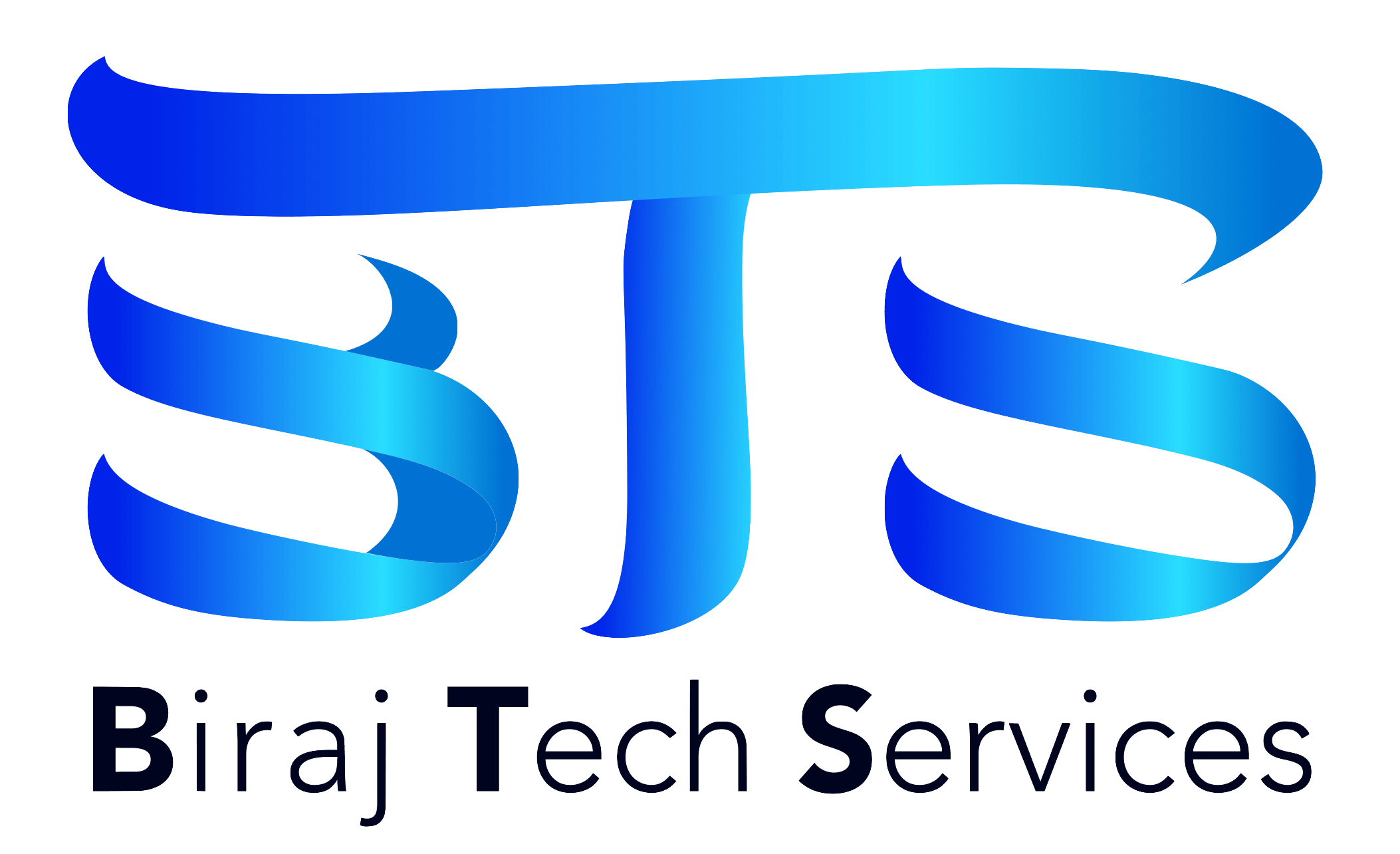
Software Development Outsourcing - Complete Guide
No matter how complex a software product is, it must be flexible, upgradeable, and manageable.
A Comprehensive Guide to Outsourcing Software Development
Regardless of the intricacy of a software product, it’s paramount that it remains adaptable, upgradable, and easily manageable. This can be accomplished by meticulously strategizing each step, from inception to maintenance. The stages in the Software Development Life Cycle (SDLC) may differ among various software development firms.
1. Planning and Requirement Analysis:
This is the most pivotal stage of the SDLC. It’s conducted by the senior team members with contributions from all stakeholders, industry domain experts, and SMEs. This stage also encompasses planning for quality assurance requirements and identifying potential project-related risks.
2. Requirement Gathering:
Once an opportunity or gap in the organization’s application landscape is identified, it’s vital to thoroughly understand and document the business requirement to select the optimal solution. At this juncture, it’s important to avoid rushing towards a solution, and stakeholders may need guidance to remain open-minded about potential solution preferences.
3. Design:
Once the requirements for the new software have been appropriately documented and approved, the design phase can commence. Organizations must decide whether to invest their time in developing a custom system or purchasing an off-the-shelf solution. This decision may involve a tendering process, such as a Request for Proposal (RFP) or a Request for Information (RFI).
4. Building:
During the build phase, software developers convert the outcomes of the “requirements” and “design” phases into functional code. This could involve building various components, including front ends, back ends, databases, and microservices.
5. Testing:
The testing phase involves test analysts conducting various validation tests on the software, including performance testing, load testing, and exploratory manual testing. The primary objective is to ensure that the work done during the build phase is robust enough to withstand typical operating conditions and to identify what happens when these conditions are exceeded.
6. Deployment:
In the deployment phase, the software is installed into the appropriate production environments and platforms where it will be operated. These environments could be physical servers in the company’s data center or, increasingly, a platform hosted in the cloud.
7. Maintenance:
During the maintenance phase, the team responsible for maintaining the system for the remainder of its useful life at the organization takes over. Proper documentation and help files must be developed so that service desk staff know which team to direct customer support inquiries to.
Who Should Outsource Software Development and When?
Outsourcing isn’t just for big players; it’s beneficial for various businesses:
- Startups with limited resources: You need to save costs and get top talent.
- Large enterprises facing project surges: When internal teams are maxed out, outsourcing is a great help.
- Rapidly growing companies: Scaling your tech capacity without hiring an army.
- Specialized skill needs: Bringing in experts for specific projects.
- Cost concerns: Keeping your budget in check while getting quality work.
- 24/7 Development and Support: Ensuring round-the-clock progress and help.
How Software Engineering Outsourcing Works
Imagine a healthcare company needing an app for scheduling appointments and accessing medical records. They find a reliable outsourcing company, finalize terms, and provide detailed specifications. The outsourcing team then develops the app, integrates key features, and after delivery, offers ongoing maintenance.
Why Businesses Outsource Software Development
Outsourcing suits everyone, from startups to large corporations. Here are some success stories:
- Skype: Outsourced to Estonian developers and became a global hit.
- Slack: Focused on core products while outsourcing mobile app development.
- Alibaba: Used outsourcing to rapidly expand into a global marketplace.
Types of Software Development Outsourcing Services
- Dedicated Team Model:
This model involves hiring a team of professionals who work exclusively on your project. It’s ideal for long-term projects where continuous development and collaboration are needed. The team becomes an extension of your in-house staff, focusing solely on your project goals.
- Fixed Price Model:
In this model, the project scope, timelines, and costs are agreed upon before work begins. It’s perfect for projects with well-defined requirements and a clear path to completion. You pay a set price regardless of the actual time and resources spent, making it easy to budget.
- Time and Material Model:
This model charges based on the actual time and resources spent on the project. It’s best for projects where requirements are expected to evolve or are not fully defined at the start. This flexible model allows adjustments as the project progresses, ensuring you only pay for what you use.
- Staff Augmentation:
Here, you hire additional developers or specialists to supplement your existing team. It’s a great choice when you need extra hands for a specific phase of a project or to fill skill gaps without long-term commitments. The augmented staff works under your management.
- Managed Services:
In this model, the outsourcing partner takes full responsibility for the project, including management and delivery. It’s suitable for businesses that prefer to outsource entire processes or projects. The provider manages the team, timelines, and deliverables, offering a hands-off approach for the client.
Benefits of Outsourcing Software Development
Outsourcing offers numerous benefits:
- Cost Savings: Reduces infrastructure, tool, and personnel costs.
- Global Talent Pool: Access to skilled professionals worldwide.
- Focus on Core Business: Allows internal teams to concentrate on main tasks.
- Round-the-Clock Work: Faster time-to-market with teams working in different time zones.
- Flexibility: Scale your team up or down as needed.
Common Challenges in Software Outsourcing
Communication:
Keeping everyone on the same page is crucial. Misunderstandings can cause delays and extra costs. Make sure to set clear communication channels and regular update meetings.
Security and Performance Risks:
Outsourcing can expose your project to security vulnerabilities. Protecting sensitive data and ensuring high performance are paramount. Use encryption, regular audits, and performance benchmarks.
Cultural Gap:
Different work cultures and languages can create barriers. Bridging this gap requires mutual understanding and respect. Cultural training and having a diverse team can help smooth out these differences.
Control and Ownership:
Maintaining control over the project can be challenging. Clearly define who owns the intellectual property and establish clear project management processes to stay in control.
How to Outsource Software Development Projects
To successfully outsource, follow these steps:
Step 1: Know the Trends
Stay updated on tech trends like cloud computing, AI-driven development, and more.
Step 2: Identify Your Needs
Define what software you need, ensuring it’s unique and high-quality.
Step 3: Start with the Research
Search for top outsourcing companies, check their credentials, and reach out to past clients.
Step 4: Communicate for the First Impression
Evaluate the company’s responsiveness, communication, and technological suggestions.
Step 5: Set the Right Targets
Choose the right outsourcing model, agree on costs, and establish regular updates.
Step 6: Post-Deployment Support
Ensure the company offers continuous support post-deployment for any issues that arise.
Conclusion:
Outsourcing software development is a complex process that requires careful planning and execution. However, with the right approach, it can lead to flexible, upgradeable, and manageable software products that meet your organization’s needs. Birajtech Services specializes in customizing software solutions according to your specific requirements, ensuring a seamless transition from the initial idea to a fully functional and maintainable software product.
